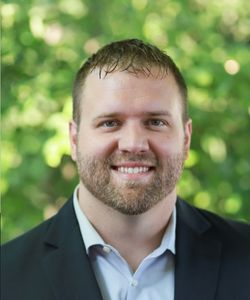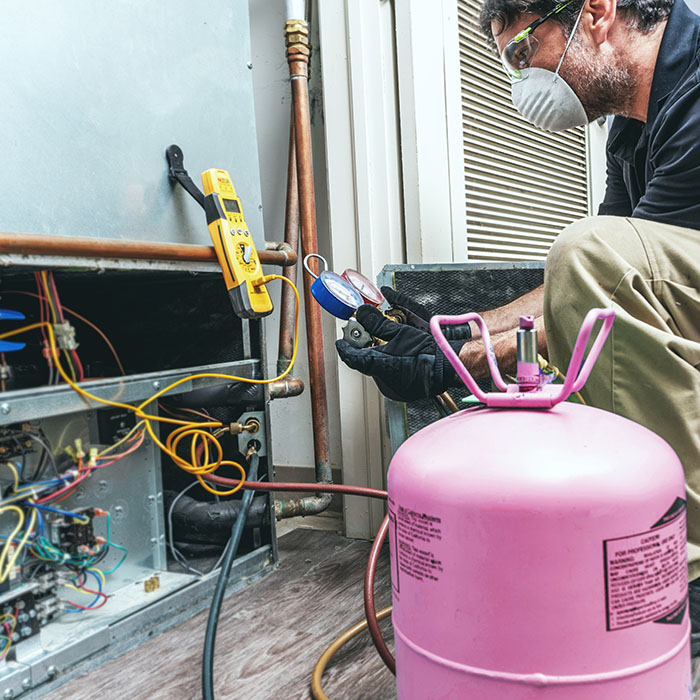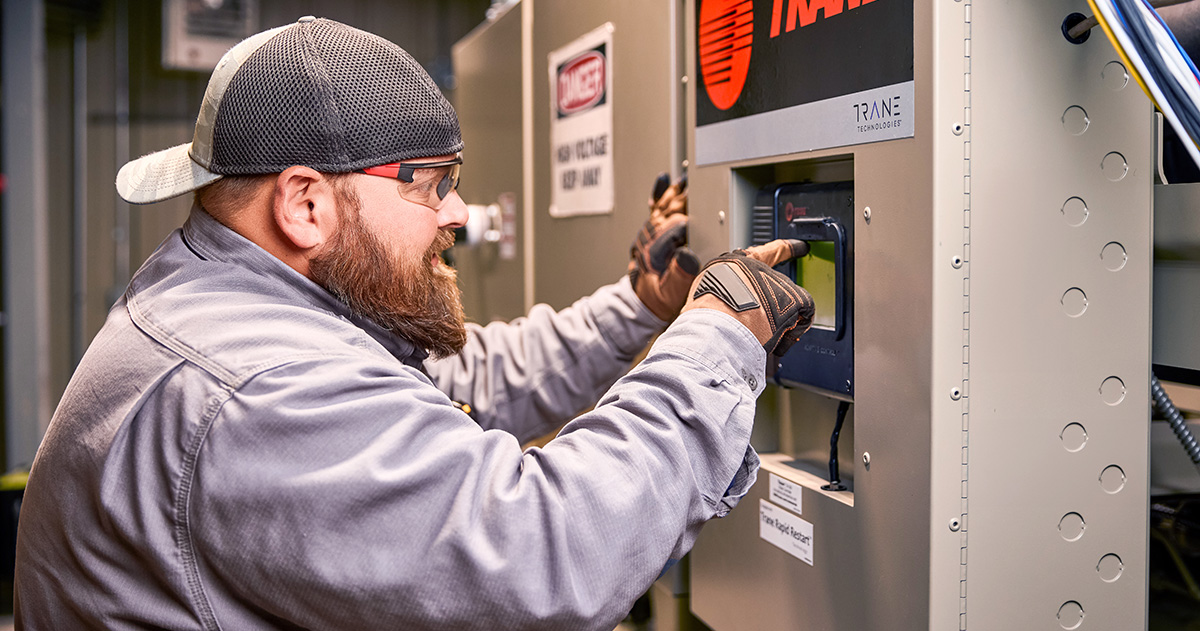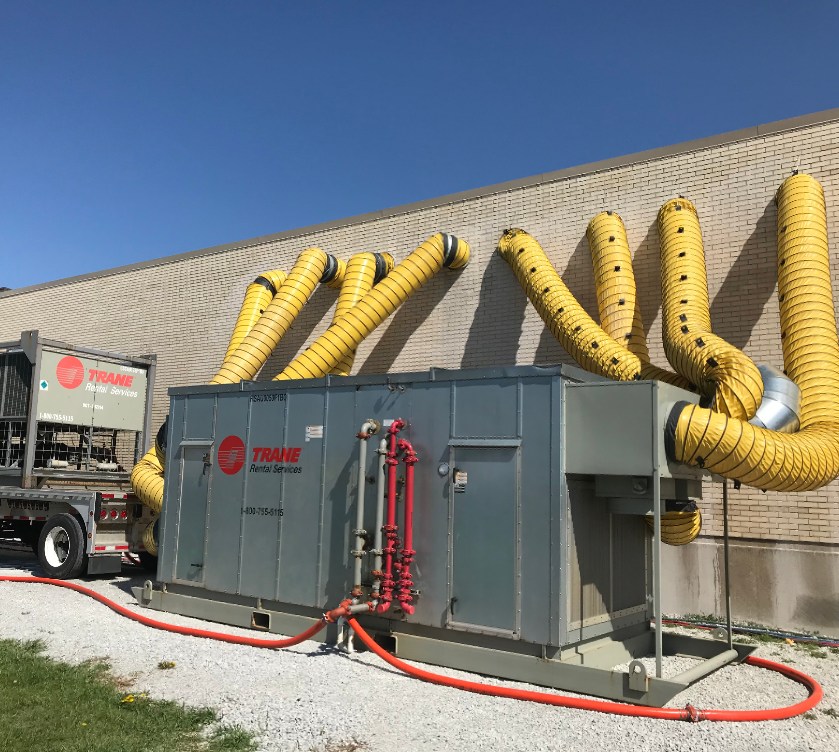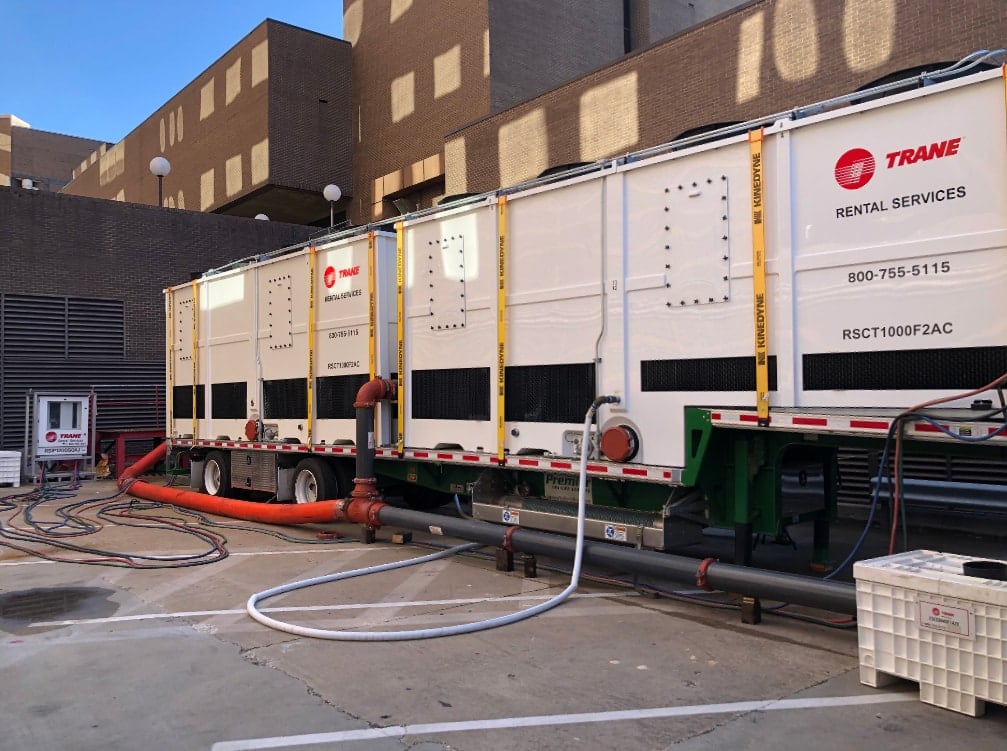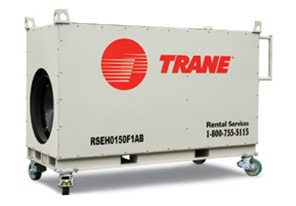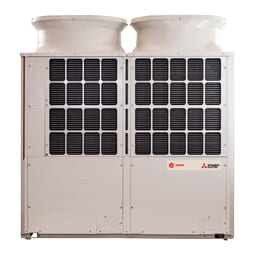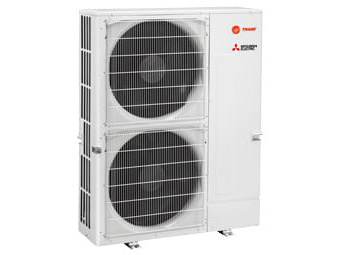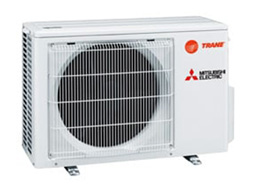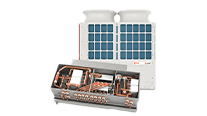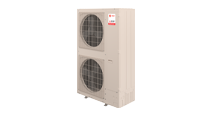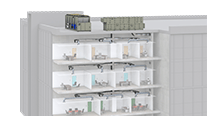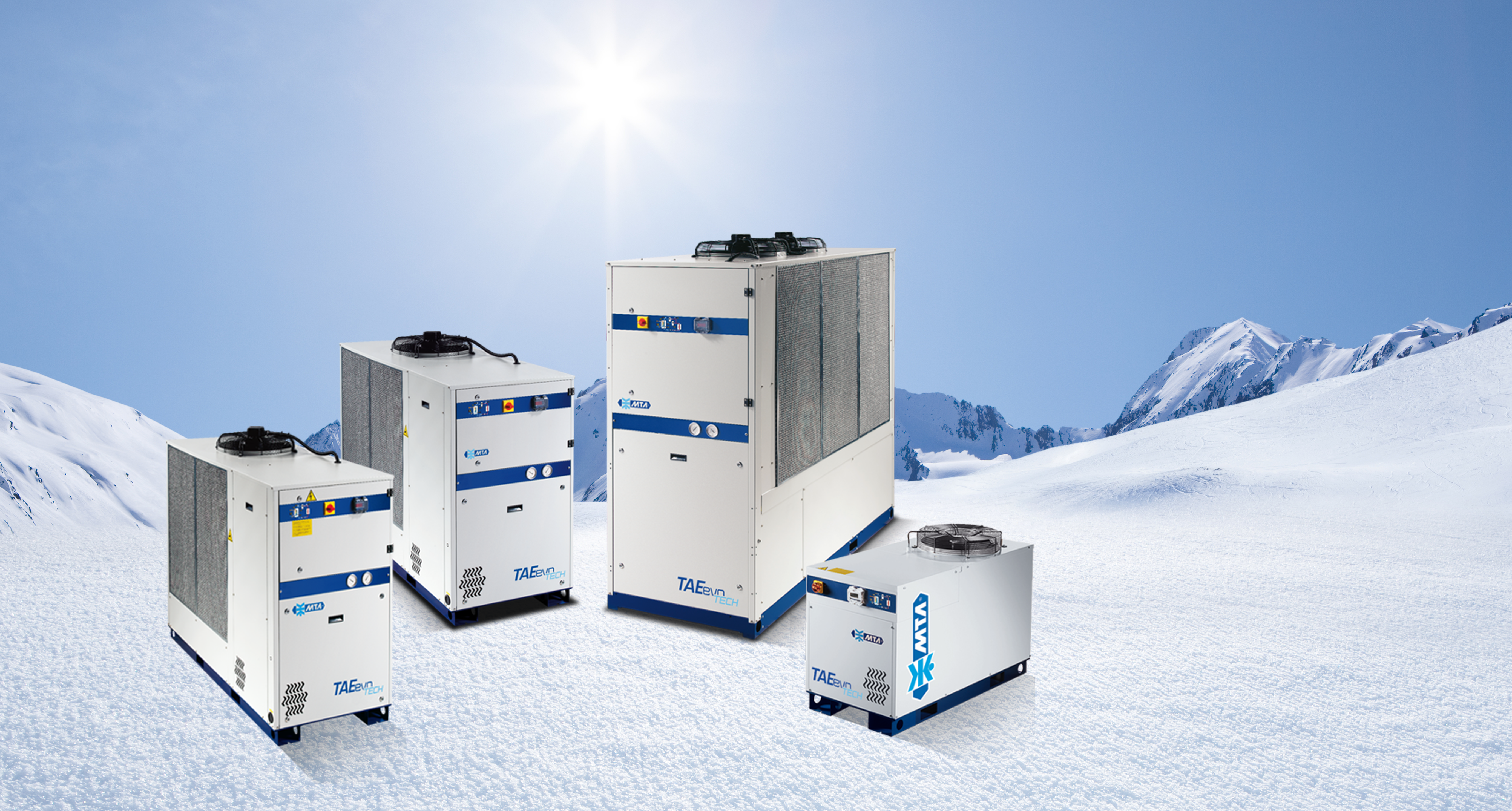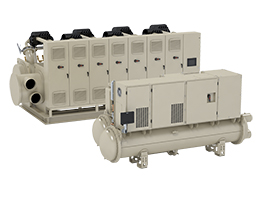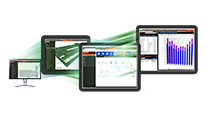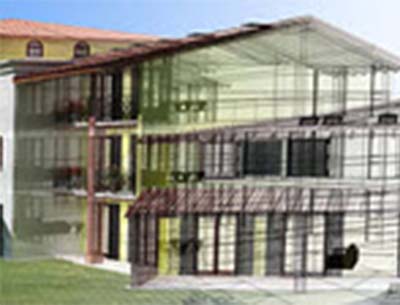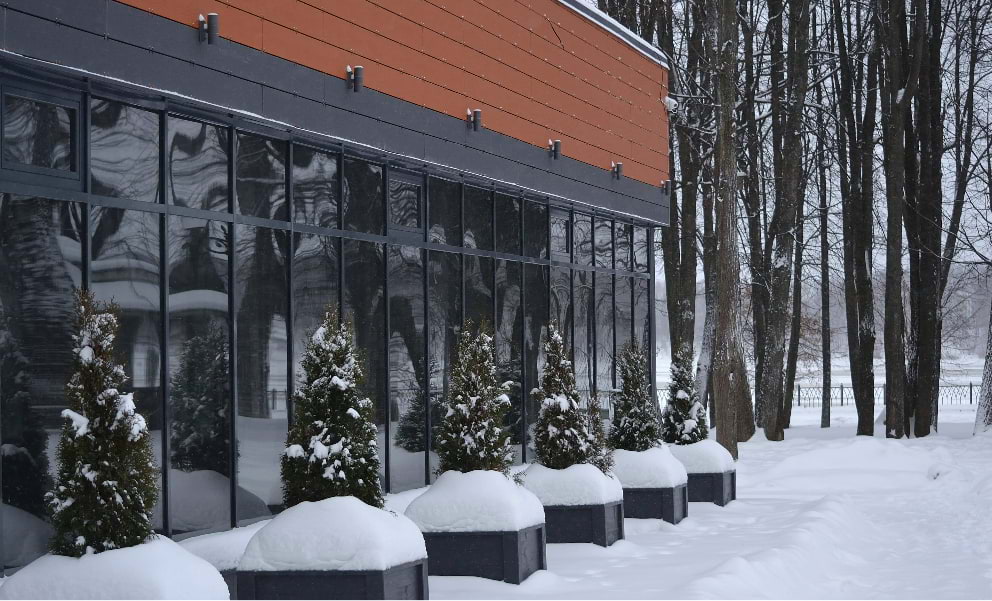Indoor Environmental Quality (IEQ) serves as an indicator of how the interior conditions of a building impact its occupants. IEQ includes four key components: air quality, lighting, thermal comfort, and acoustics. Together, they determine the overall comfort level of a building while also influencing the health and wellbeing of its occupants. As the number of severe climate events continue to rise, we turn to our experts to understand how our external environment can impact IEQ.
How does the external environment impact overall indoor environmental quality?
Climate change and severe weather events are unquestionably affecting IEQ. Record cold temperatures and heat waves pose challenges, especially when buildings are not designed for extreme conditions. When systems are not designed to endure unusual temperature changes, it can leave occupants with compromised thermal comfort. Outdoor pollutants can also impact indoor air quality, which remains critical to building occupants’ health and safety.
With little we can do to change the weather in the short term, the best way for us to operate a building is to provide better outdoor air by preventing unwanted pollutants or humidity from coming in, and design HVAC systems to be resilient through a harsh weather event.
Wildfires are a growing event throughout the United States and Canada. How does wildfire smoke impact indoor air quality?
Since outdoor air is required for proper ventilation of an occupied space, it is vital that air is clean of particles and contaminants. Smoke from wildfires directly affects outdoor air quality, therefore indirectly affecting indoor air quality (IAQ). In many cases, simple air filter upgrades to reduce pollutants from the outdoors can lead to safer indoor environments. The West Coast has historically used higher filtration due to expected wildfires, but we see a growing effort in other regions to be prepared. This could mean upgrading filters beyond a historically acceptable MERV 8, enhancing IAQ monitoring, or looking into other air purification solutions.
What other climate or weather events can impact IEQ?
Other extreme weather events include droughts, tropical storms, flooding, and heat waves/cold spells – for all of which humidity control is crucial. For example, heavy rain or flooding could introduce unwanted humidity into a building that could lead to mold if not properly contained. To prevent this mold remediation plans should be re-examined as part of the annual operating and maintenance review. We have also seen both cold spells and record heat in unusual parts of the country this year, causing frozen pipes in the south, and extreme heat waves in the north. The best thing you can do is work with a professional to understand the extreme weather possibilities as you design or upgrade your system and make sure your system is prepared for extreme conditions with the proper equipment service and maintenance.
What can building owners do to be prepared for extreme climate or weather events?
Being prepared comes in two parts: system design and proper service. Think of your building like a car. Before going on a road trip, you might get your oil changed and have your tires checked to be safe. Similarly, you might want professional service and maintenance on your HVAC equipment in anticipation of extreme weather events. Making sure that both mechanical systems and building controls are well maintained and operated can extend the equipment lifetime and improve energy efficiency.
Building Automation Systems (BAS) are one tool that can manage and share data about your building’s performance including HVAC, lighting, and more. They come with preset scenarios that can adapt to manage situations like heat waves, cold spells, prolonged rainy periods, and even dealing with airborne infectious contaminants. Investing in systems like this allows building owners to plan and prepare for these extraordinary conditions.
For both outdoor temperature and air quality extremes, you can also consider upgrades to your building envelope to keep contaminants from coming into the building. More efficient windows, doors, and proper insulation will provide better protection from the climate, making your building easier to manage when severe weather and climate conditions occur.
Having the ability to recover from catastrophic events is important too, and it starts with incorporating resiliency into building design. Consider moving mechanical systems away from basements to avoid heavy rainwater intrusion or isolating critical systems with a local-generated emergency power supply circuit to reduce the impact of grid power shutdown. Adding emergency response inlets and outlets into the building operation makes buildings more resilient to any unexpected events.
How can Trane be a partner in your IEQ journey as it relates to climate change and severe weather events?
We approach IEQ as a holistic solution to help you be prepared. Our teams are highly trained and provide a personalized approach to assess your needs and find the right solution.
We are excited to share more about why IEQ is an important piece of your building and how we can help maximize your efforts to ensure a safe and comfortable environment for your occupants.
